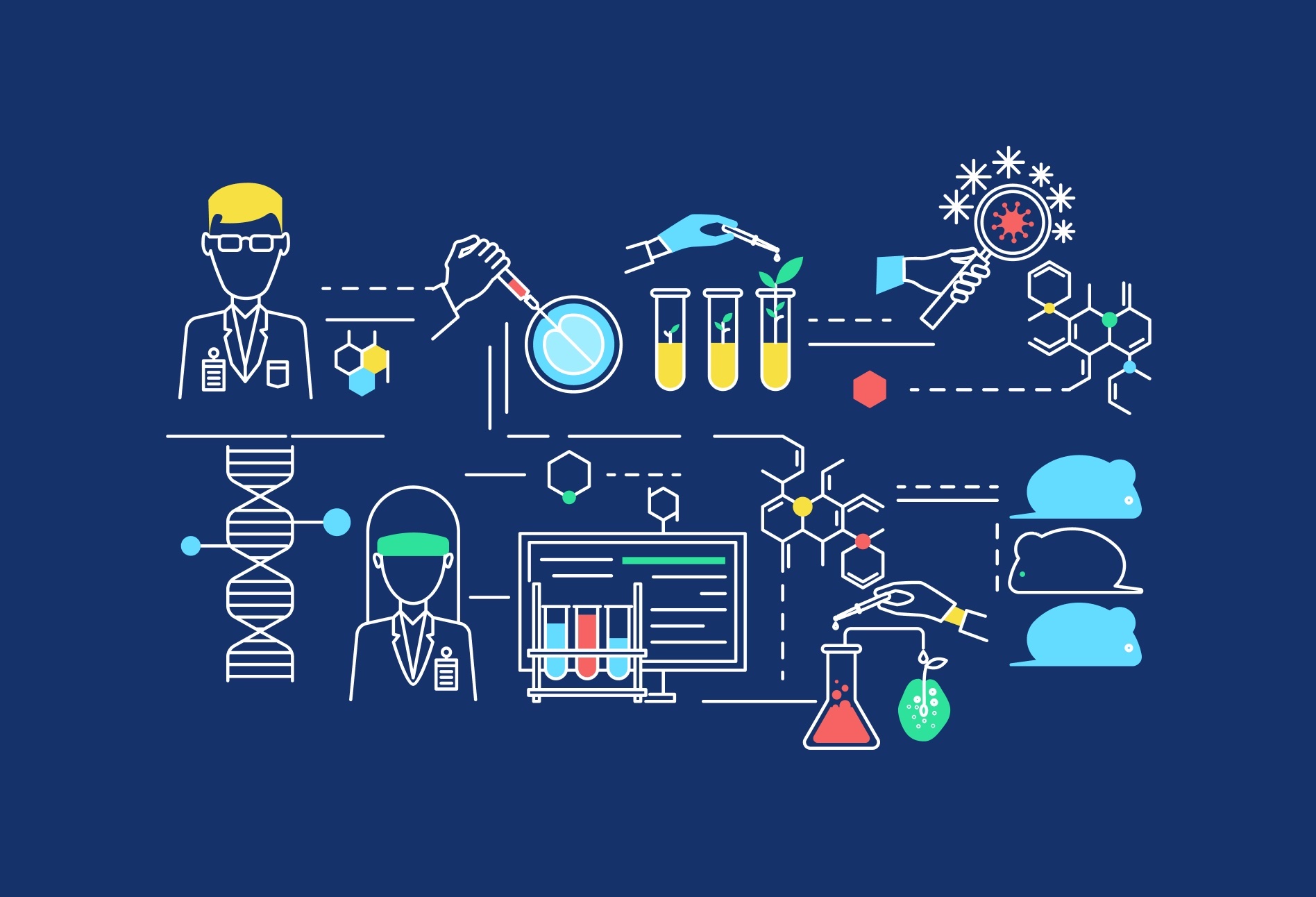ALL ABOUT FCMs
What You Should Know
Harmful Chemicals in Food Packaging & Food Contact Materials
PFAS (per- and poly-fluoroalkyl substances): often used in a wide variety of food contact materials that many people use day-to-day, such as non-stick cooking surfaces, bakery bags, takeaway boxes, fast-food wrappers and microwave popcorn bags, due to their grease and water resistant properties.
A study conducted by ARNIKA, CHEM Trust, the Health and Environment Alliance (HEAL) and seven other civil society organisations showed the widespread use of and contamination by PFAS in disposable food packaging across Europe. It is now clear that some PFAS accumulate in the body (known as bioaccumulation) and are linked to reproductive and developmental abnormalities, increased cholesterol, suppressed immune response, and tumour formation. Studies suggest that some PFAS can be endocrine disruptors. Due to their extreme persistence, they are also called “forever chemicals”.
Bisphenols: a group of chemicals widely used in the production of polycarbonate plastics and resins, including in food packaging such as food cans and plastic containers. BPA is the most well-known and commonly used bisphenol and has been classified as an endocrine disrupting chemical (EDC) and toxic for reproduction.
A large amount of evidence shows associations between BPA and human health effects: negative impact on brain development and children’s behaviour, increased blood pressure, development of cardiovascular and metabolic diseases (such as diabetes and obesity). Companies are replacing BPA with other bisphenols such as BPS or BPF, however these chemicals have similar properties and raise similar concerns about toxicity and health effects. In the EU, BPA is banned in baby bottles but not for other food contact uses.
Phthalates: a group of chemicals that are often added to plastic packaging to increase their flexibility (this is why they are called plasticisers) and durability.
Some have been classified as toxic for reproduction and/or as endocrine disrupting chemicals (EDCs). Exposure to phthalates is linked to elevated blood pressure, insulin resistance, obesity and diabetes. For people who can or want to become pregnant, chronic phthalate exposure is associated with fertility issues, high miscarriage rates, and pregnancy complications such as anaemia.
Not Intentionally Added Substances (NIAS): substances that are present in food contact materials but have not been intentionally added, and are by-products and impurities from the production process.
NIAS have been found to migrate into food in large volumes. Most of these have not been investigated for safety and are not considered in the assessments of food contact materials.
Food Contact Materials and Health
There are thousands of chemicals that can be used in food contact materials (FCMs) and that can potentially migrate into our food or drink. In Europe alone, some 8,000 chemicals can be used in food packaging and other FCMs. Many of these chemicals are proven or suspected to be harmful to our health. For many chemicals in food contact materials, safety assessments haven’t been completed, so scientists and consumers do not yet know the full effects.
These chemicals can be found in our bodies (including in urine, serum, plasma, placenta, umbilical cord, breast milk, and foetal tissues), and have been associated with harmful impacts on our health. Some chemicals in FCMs have been linked to:
- cancer (global rates of breast, endometrial, ovarian, prostate, testicular and thyroid cancers have been increasing over the past 40–50 years),
- infertility and other reproductive disorders (from 1973 to 2011, the total sperm count of men in Western countries dropped by 59%),
- hormone disruption,
- developmental disorders (increasing risks for child learning, attention, and behavioural problems, with the costs related to neurodevelopmental disease and IQ loss reaching EUR 157 billion per annum), and
- impacts on nervous and immune systems.

FCMs and the Circular Economy
Harmful chemicals in food packaging can hamper the circular economy.
Recycling food packaging is a key part of achieving a circular economy in the European Union, but hazardous chemicals are not always removed during the recycling process. This means recycled materials can contain hazardous chemicals, sometimes at levels higher than those found in virgin materials.
To protect public health and ensure the creation of a toxic-free circular economy, hazardous chemicals should not be used in primary food packaging in the first place.

FCM and Plastics
Unlike the majority of food contact materials (FCMs), plastics are covered by a specific EU regulation – but this doesn’t mean that there aren’t any concerns about harmful chemicals in plastic FCMs.
A report from the Health and Environment Alliance (HEAL), Turning the Plastic Tide, shines a light on the health concerns related to exposure to the chemicals that are present in or used in the production of plastic food contact materials.

Solutions and Alternatives
Studies have shown that safer food contact materials are available on the market.
A report published by the Organisation for Economic Co-operation and Development (OECD) in 2020 shows that non-fluorinated alternatives (both physical and chemical) to Per- and polyfluoroalkyl substances (PFAS) in food contact materials are available on the market, and that they can meet the grease and water-resistant needs for common food packaging uses. Examples include a natural greaseproof paper (NGP) which is made by intensively refining wood pulp (the resulting material is a compressed and dense network of cellulose fibres with very few pores that are smaller compared to other paper), and barrier formulations such as vegetable-oil based bio-waxes.
Retailers and corporations are taking steps to phase out some of these chemicals in their products. Starbucks announced in spring 2022 that the company will ban PFAS in all packaging internationally by 2023, and the corporate parent company of Burger King announced that their companies will phase out added PFAS by 2025.

